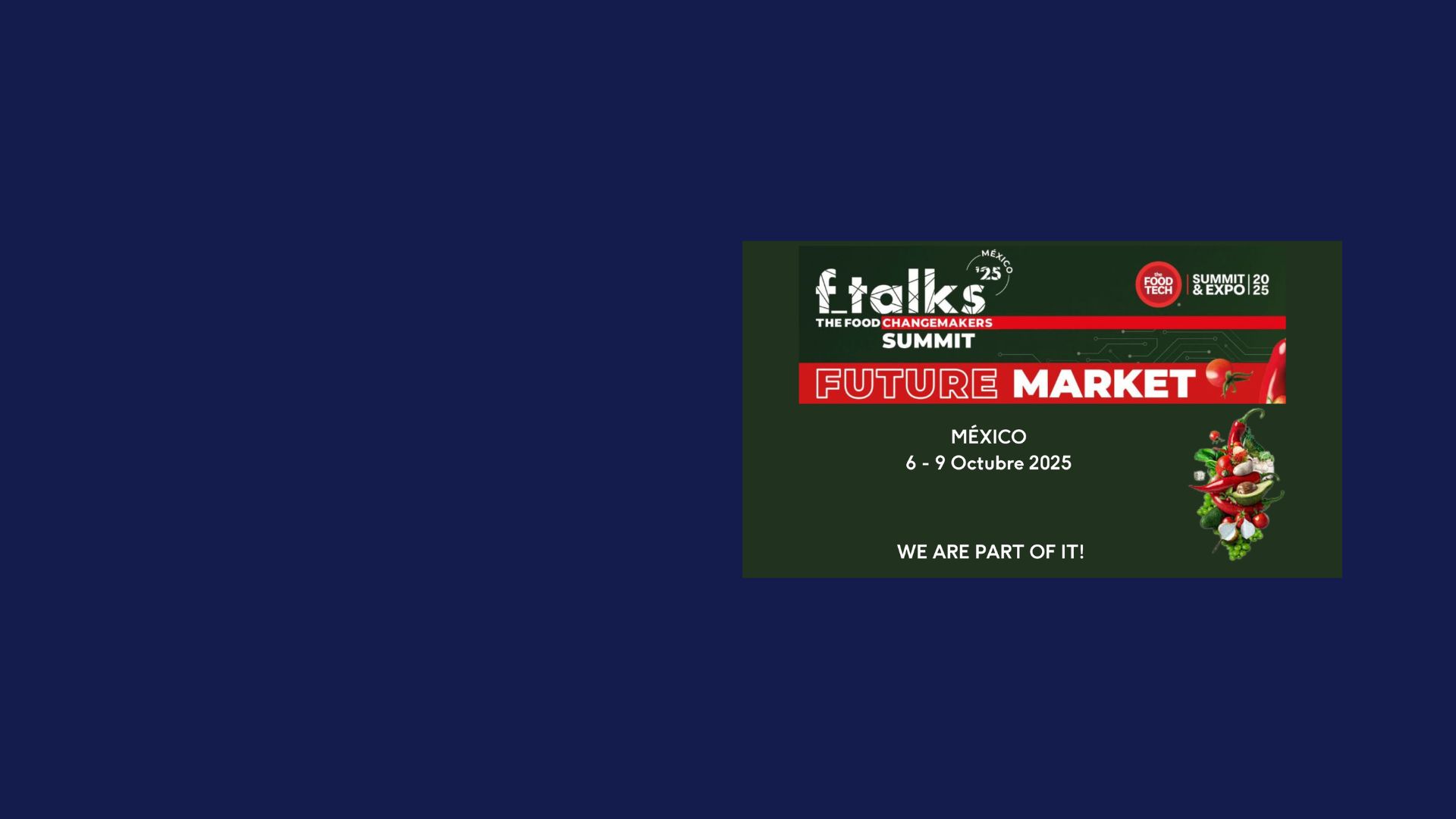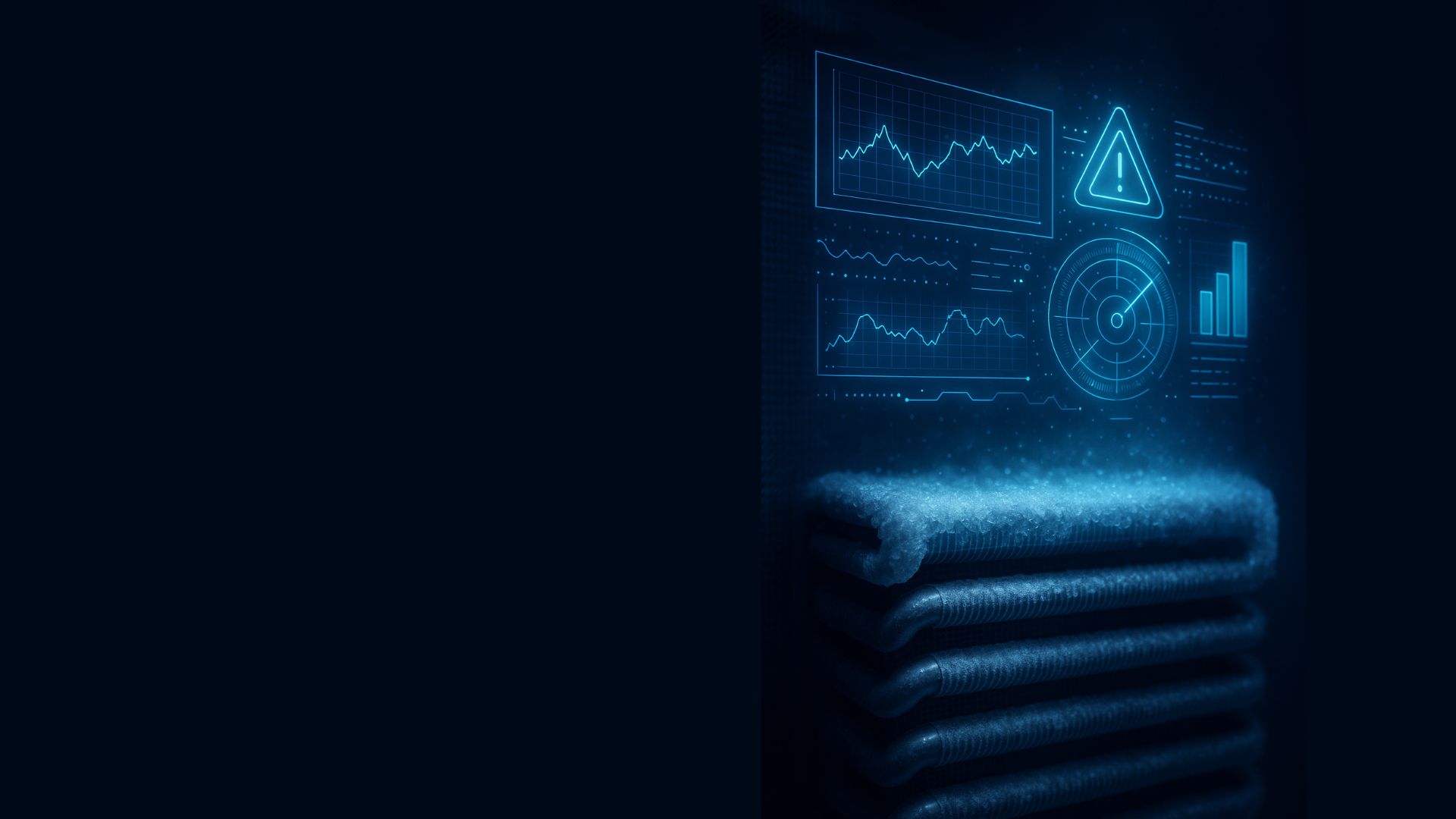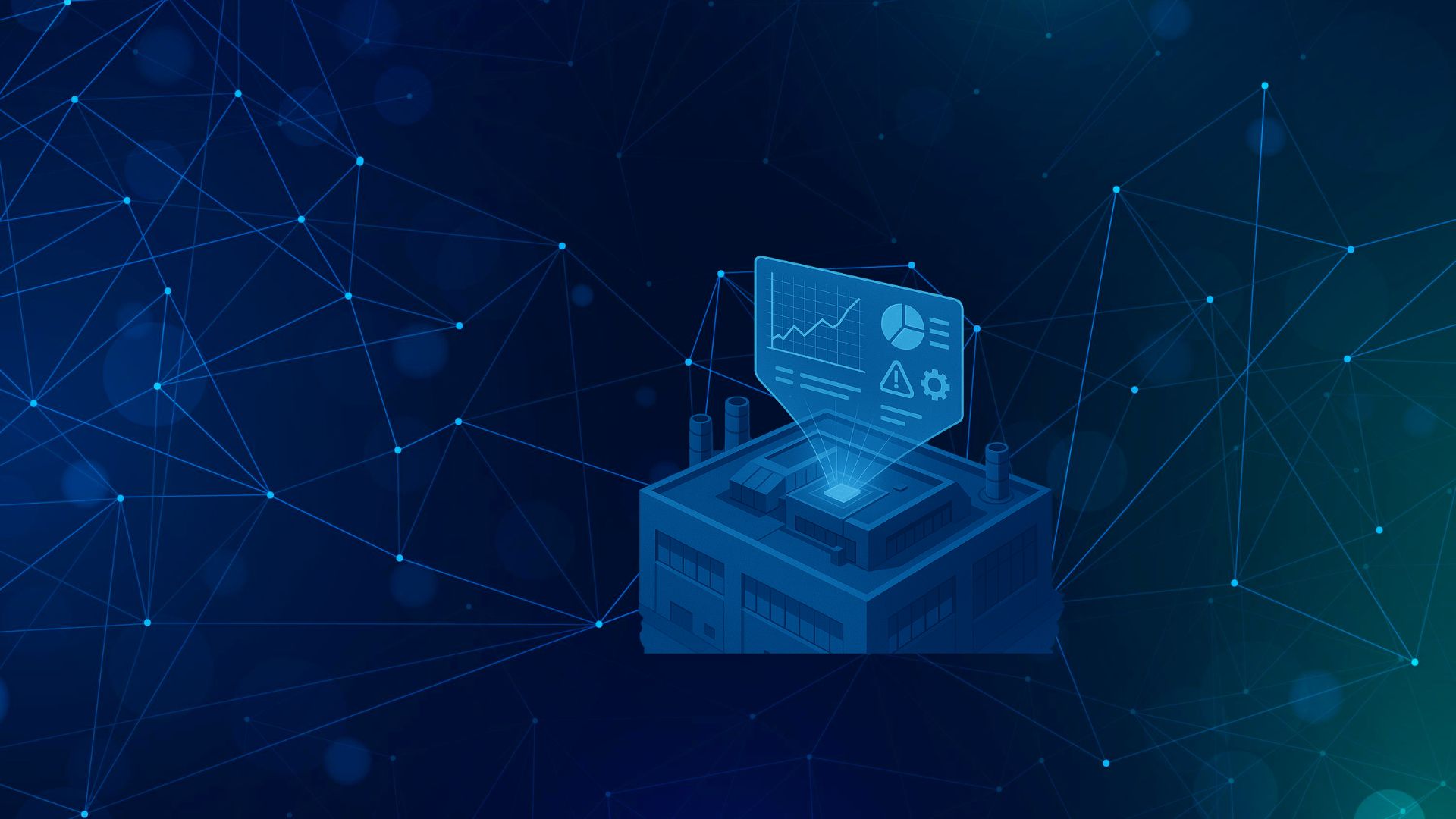Of the total water consumption, 70% is allocated to the food industry (source: FAO). Within this sector, agriculture and livestock farming are the main consumers, followed by industrial processes, and finally the tertiary sector and household use. This highlights the critical role of water in ensuring the production of safe and high-quality food. In this context, water saving in the food industry is not only an urgent environmental necessity but also a strategic approach to securing the long-term sustainability of the global food system.
Water use in the food industry cannot be addressed solely from an operational or environmental standpoint—it is also subject to a comprehensive set of legal and safety regulations. In addition to global sustainability principles established by organizations such as the FAO, companies must comply with specific regulatory frameworks. One of the most relevant is Regulation (EC) No 852/2004 on the hygiene of foodstuffs, which outlines key requirements regarding water supply, quality control, and safe handling throughout the production process. Complementing this, the Codex Alimentarius provides essential international guidelines on water used as an ingredient, in food contact, or for equipment cleaning.
Furthermore, many companies operate under certified standards such as ISO 22000, BRC, or IFS, which require continuous monitoring of water quality and preventive management procedures. Aligning water-saving efforts with these established frameworks not only ensures compliance but also helps structure improvement plans in a way that is technically robust and auditable.
The usage of water in the food industry is essential in order to produce any type of food, but, more often than not, large volumes of water are required to do so. In addition, the characteristics of water for industrial use are that it must be potable and available in sufficient quantity and at the right pressure and temperature for each of its applications. Consequently, water consumption in the food industry has a great impact on the location in which the company operates; thus, an efficient water management derived from the implementation of water conservation strategies for industrial use is an exercise of responsibility towards the environment and towards the communities that have been most affected by the effects of climate change, as limiting water utilisation helps to prevent phenomena such as desertification, which endanger the viability of ecosystems.
For this reason, Gradhoc offers you this guide on the benefits of saving water in the food industry, on how to implement a water saving plan in an industrial company and on water conservation strategies for industrial use.
The importance of an efficient water management in the food industry
Saving water in the food industry is one of the most pressing sustainability issues, both for the public sector and the companies’ boards. This is because the use of this resource is essential for industries’ operations, but its cost is high, it is becoming a scarce commodity and having access to it is increasingly complex due to the impact of climate change (increased droughts and floods, diminishing or absence of rainfall, etc.).
Therefore, we could state that the factors affecting water’s consumption in the food industry and its cost (ordered from least to most influential) are:
- Territorial: geographical location has an influence on water expenditure and its associated costs, as well as on the chemical composition of water.
- Production processes.
- System’s design: circuits, machinery, draining systems, etc.
- Human factor: internal culture, maintenance, etc.
Likewise, the costs associated with water are not limited to utilisation costs, as detergent, heating and water treatment costs must be taken into account, and, as a result, an optimised water management is critical. This implies making a controlled and responsible usage of water, which also involves returning it to the environment in a safe way, both in order to save costs and to reduce a business’ carbon footprint. For these reasons, it is extremely important to know which the characteristics of water for industrial purposes are, something that, in turn, will allow us to better understand how we can save water.
Characteristics of water for industrial use
Although having its origin in surface water, groundwater, rainwater or seawater (treated in a desalination plant), potable water for industrial applications is usually obtained via a municipal supply network or a private well. This origin determines its quality and whether prior treatment is necessary to ensure compliance with safety standards. If the supply networks are private, the food company will be directly responsible for the treatment and continuous verification of the quality and safety of the water, so it must be equipped with appropriate facilities for its storage, treatment and distribution, guaranteeing its safety and quality at all times.
Under certain conditions, the agri-food industry may take advantage of non-potable water (e.g., for firefighting or steam production), but these sources must be adequately signalled and must have a separate connection to that used for food production.
However, this information is not enough to undertake a water-saving project in the food industry, since establishing a good plan means analysing which processes and equipment use water and for what purpose.
Water consumption in the food industry
Water consumption in the food industry is significant in:
- Agriculture: irrigation, watering and hygiene of animals and cleaning and sanitation of utensils and machinery.
- Water consumption during the production of goods:
- Cutting: using water at high pressure on food in order to cut it increases its safety (as the risk of contaminating it is reduced) and, at the same time, avoids damaging it.
- UHT treatment.
- Food disinfection.
- Cooking.
- Processing: heating and/or cooling, steam production, ice making, etc.
- Cleaning, sanitation of surfaces and facilities…
- Common areas: toilets, changing rooms, cafeterias and restaurants.
- Green areas: irrigation, washing or landscaping.
Benefits of saving water in the food industry
Once the characteristics of water as an indispensable resource for food production have been explained, it is possible to understand that saving water will benefit your:
- Cost-saving efforts. Water is a scarce commodity whose price is increasing progressively.
- Competitiveness. Less dependence on water makes it possible to maintain competitiveness (both in financial and productive terms) in times of scarcity or restrictions given that, if limitations are imposed, priority will be given to urban supply, then to agricultural uses and, finally, to industrial processes.
- Product quality. Water status is directly linked to the product’s quality.
- Corporate reputation. Caring for the environment through efficient water management reflects your company’s social commitment, which has a positive impact on both the sense of belonging of the workforce and on the external reputation.
- Implementation of ISO 14001 environmental management system.
In spite of this, it will not be possible to get the most out of the management of this resource if a comprehensive and ambitious water saving plan is not designed and put into place. For this reason, we will now explain the steps to establish a water-saving plan.
How to design a water saving plan
In order to save water, we must design a plan that allow us to identify the water-consuming processes, as well as to detect opportunities for the implementation of water conservation strategies for industrial use. This plan should include the following phases:
- Initial study. A very detailed analysis is needed to measure water consumption, how it is used and when. It is also important to detect possible problems in the installations, such as leaks or inefficiencies.
- Identification of improvements and establishment of a course of action. The latter will depend on the characteristics, procedures and needs of each company and will be decided after assessing the technical and organisational possibilities, as well as their economic and environmental feasibility. Its adoption involves allocating the necessary material and human resources.
- Control and monitoring. Implementing measurement and control systems that guarantee the fulfilment of the objectives set through the continuous evaluation of the results is indispensable. In this step, it is vital to promote a work culture based on the company’s commitment to caring for the environment, thus involving the entire organisation in the design and implementation of the plan.
Nowadays, there are advanced technological tools that allow this study to be carried out by means of a software, a monitoring system through which information can be extracted. Thanks to these applications, continuous control and improvement processes are greatly facilitated, since we will receive instantaneous data and records that are analysed in order to serve as the basis for strategic decision making.
Using food industry software for water saving
These strategic decisions materialise in the form of a series of proposals for improving water efficiency. The actions that are to be implemented, therefore, must be specifically designed for the business in question; however, in this article we are going to mention the most widely supported proposals.
Food industry software
As mentioned, the initial study, the detection of inefficiencies and the continuous improvement of the plans are based on monitoring, i.e., on the knowledge of the real functioning of our industrial plant. To achieve this, the main measure that can be applied is the implementation of food industry software solutions. Thanks to this, we will be able to detect and discern which of the different water saving measures are the most convenient depending on our specific case. In addition, this will make it possible to guide the adoption process and to measure its exact impact per production line, per production area or per individual water consumption point.
Water conservation strategies for industrial use are always aimed at increasing water savings without compromising food quality and safety in any way. These include the following.
-
- Adjusting parameters (e.g., pressure or water flow) to achieve production targets efficiently.
- Replacing outdated machinery with eco-friendly pieces of equipment that optimise water usage and/ or that reduce water pollution, so that it can be reused and/or treated. This requires a greater investment, but it also results in greater savings.
- Recirculating water. After certain phases of the production process (such as the transport of materials, air purification or the washing of products or machinery), water can be reused within the same process if it does not present excessive levels of contamination. This can be achieved through the installation of a piping system with or without a simple sanitation process.
- Installing industrial evaporators. This enables the purification of industrial effluents by up to 95%, making them suitable for its use in other parts of the production process, thus avoiding polluting discharges.
- Reducing water consumption in the cleaning and disinfection of equipment.
- Checking your systems and machinery. Periodic inspections and maintenance avoid increases in consumption caused by leaks and malfunctions. This measure, although necessary, is insufficient, given that it can take time to detect these leaks if they occur between revisions; however, if we have both real-time and historical data, we will be able to identify them almost instantly.
- Collecting rainwater. Many areas of the country have high rainfall, while others suffer droughts during the warmer months of the year, so, in either case, the collection, storage and treatment of rainfall is a valuable resource.
- Installing infrared monitoring sensors and flow restrictors or aerators in the changing room’s taps and showers. Dual-flush toilets, urinals with timers or photocells, and greywater recycling systems for toilet flushing can also be used.
- Purchasing high-efficiency appliances, especially in cafeterias and canteens.
- Opting for plants with low water requirements for green areas. Programmed irrigation systems (by exudation, sprinkling or drip irrigation) can recycle water that has already been part of another process in order to multiply savings.
- Recovering, cleaning, and reusing as much water as possible. We must remember that water is a resource that is becoming more and more scarce and that industry, especially the food sector, makes an intensive use of it. Therefore, taking advantage of treatment plants has very positive implications for efficiency, as it enables water savings in other production processes.
Sector-specific considerations: there is no single food industry
The food industry is far from uniform. Water needs vary significantly between subsectors, making it essential to tailor any water-saving strategy to the specific characteristics of each production model. For instance, fruit and vegetable processors typically consume high volumes of water for washing and rinsing, while meat processing plants prioritize sanitation and disinfection procedures. In wineries, water is mostly used in cleaning and thermal control, whereas dairy plants depend heavily on water for pasteurization and clean-in-place (CIP) systems.
Recognizing these operational differences enables more targeted efficiency strategies, allowing companies to prioritize high-impact actions, identify potential for water reuse, and benchmark their performance against similar operations. Segment-specific analysis is therefore a critical component of any serious water conservation plan.
Common barriers to water conservation in food production
Despite the clear benefits of reducing water consumption, many companies in the food sector face practical constraints that complicate the implementation of conservation measures. One of the most common issues is limited physical space for new water recovery or treatment systems, especially in older facilities. In addition, high upfront investment costs for water-efficient technologies—such as industrial evaporators or closed-loop reuse systems—can be difficult to justify without a well-defined return on investment (ROI).
On top of that, stringent food safety standards may restrict the reuse of water in certain applications, even when technically feasible. Many businesses also face a lack of internal awareness or ownership, which weakens the effectiveness of any water-saving initiatives, regardless of available technology.
To overcome these challenges, companies need to adopt a realistic, phased approach that balances technical feasibility, regulatory constraints, and organizational engagement. Complementing technical upgrades with employee training and a strong internal culture around water stewardship is often the key to long-term success.
Future developments in water consumption in the food industry
Many of the country’s large corporations and SMEs have already implemented most of the measures described. In order to reduce their environmental impact, brands have set targets to reduce their annual water consumption, which has allowed them to reduce the amount of water needed to manufacture each product (litres of water per product). Others have gone further and they have set the objective of returning 100% of the water they use in their products through the NGO’s replenishment projects, which are also promoted by the UN, the UNESCO and the World Water Council. This is a clear sign of the importance of water consumption in the food industry, as well as of the need for water saving measures.
However, there is still room for improvement, as water reduction initiatives’ effect is measured in relation with its general impact, but calculations per consumer, per production area or per type or process are not carried out.
The digitalisation of this sector, in this sense, makes it possible to move towards Industry 4.0, which integrates food industry software into all respects of the company’s activity to achieve much higher levels of efficiency. An advanced monitoring and control system such as Gradhoc enables the monitoring of any type of indicator, so that its applications go beyond optimising water efficiency and may improve the operability of all the equipment involved in the production process.



